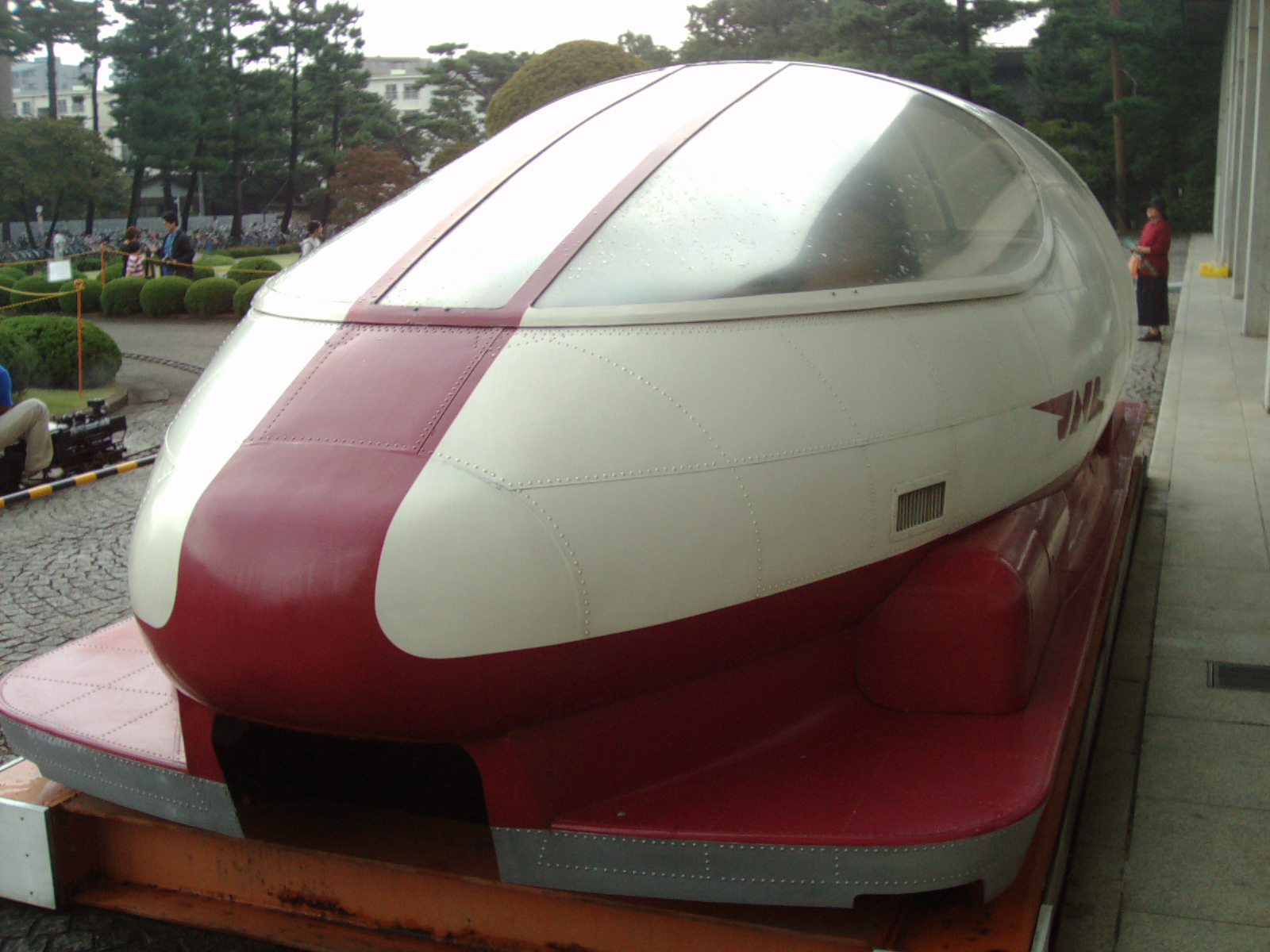Railway Technical Research Institute on:
[Wikipedia]
[Google]
[Amazon]
 , or , is the technical research company under the
, or , is the technical research company under the
 RTRI is the main developer in the Japanese
RTRI is the main developer in the Japanese
 , or , is the technical research company under the
, or , is the technical research company under the Japan Railways
The Japan Railways Group, more commonly known as the or simply JR, consists of seven for-profit stock companies that took over most of the assets and operations of the government-owned Japanese National Railways (JNR) on April 1, 1987. Mo ...
group of companies.
Overview
RTRI was established in its current form in 1986 just beforeJapanese National Railways
The abbreviated JNR or , was the business entity that operated Japan's national railway network from 1949 to 1987.
Network Railways
As of June 1, 1949, the date of establishment of JNR, it operated of narrow gauge () railways in all 46 pre ...
(JNR) was privatised and split into separate JR group companies. It conducts research on everything related to trains, railways and their operation. It is funded by the government and private rail companies. It works both on developing new railway technology, such as magnetic levitation, and on improving the safety and economy of current technology.
Its research areas include earthquake detection and alarm systems, obstacle detection on level crossings, improving adhesion between train wheels and tracks, reducing energy usage, noise barrier
A noise barrier (also called a soundwall, noise wall, sound berm, sound barrier, or acoustical barrier) is an exterior structure designed to protect inhabitants of sensitive land use areas from noise pollution. Noise barriers are the most effecti ...
s and preventing vibrations.
SCMaglev
The SCMaglev (superconducting maglev, formerly called the MLU) is a magnetic levitation ( maglev) railway system developed by Central Japan Railway Company (JR Central) and the Railway Technical Research Institute.
On 21 April 2015, a manned s ...
program.
Offices and test facilities
Main office
* 844 Shin-Kokusai Bldg. 3-4-1 Marunouchi, Chiyoda-ku, Tokyo 100-0005, JapanResearch facilities
* Kunitachi Institute - 2-8-38 Hikari-cho, Kokubunji-shi, Tokyo, 185-8540, Japan * Wind Tunnel Technical Center,Maibara, Shiga
is a city in Shiga Prefecture, Japan. , the city had an estimated population of 38,259 in 14761 households and a population density of 150 persons per km². The total area of the city is .
Geography
Maibara is located in northcentral Shiga Pr ...
* Shiozawa Snow Testing Station, Minami-Uonuma, Niigata
* Hino Civil Engineering Testing Station, Hino, Tokyo
250px, Takahata Fudō in Hino
is a city located in the western portion of Tokyo Metropolis, Japan. , the city had an estimated population of 187,048, and a population density of 6800 persons per km². The total area of the city was .
Geogra ...
* Gatsugi Anti-Salt Testing Station, Sanpoku, Niigata
Gauge Change Train
The RTRI is developing avariable gauge
A variable gauge system allows railway vehicles in a train to travel across a break of gauge between two railway networks with different track gauges.
For through operation, a train must be equipped with special bogies holding variable gauge w ...
system, called the " Gauge Change Train", to allow Shinkansen
The , colloquially known in English as the bullet train, is a network of high-speed railway lines in Japan. Initially, it was built to connect distant Japanese regions with Tokyo, the capital, to aid economic growth and development. Beyond l ...
trains to access lines of the original rail network.
Publications
* Japan Railway & Technical Review * ''Quarterly Report of RTRI'' - Print: Online:See also
* British Rail Research Division *German Centre for Rail Traffic Research
The German Centre for Rail Traffic Research (german: Deutsches Zentrum für Schienenverkehrsforschung (DZSF)) is an independent, technical-scientific departmental research institution of the Federal Government. It was founded on May 23, 2019, and ...
* Hydrail
References
External links
* {{Authority control Rail transport in Japan Railway infrastructure companies Engineering research institutes